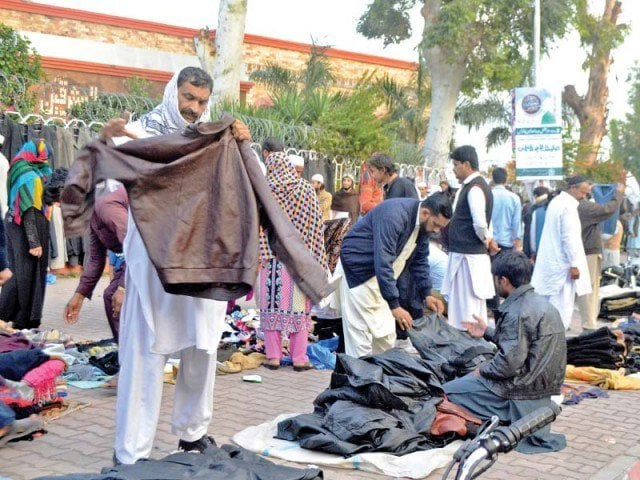
Several citizens have complained that in recent months, the prices of all essential commodities have gone beyond the reach of the common man due to inflation. Muhammad Usman, on the hunt for woollen goods at Karim Block Market, says that a couple of years ago, this market was a one-stop-shop for finding winter clothing within his budget.
“However, the prices of all garments, especially winter clothing, has skyrocketed in all markets,” he laments. He maintains that previously, he had bought fleece undergarments for his sons for Rs400 to Rs500. Now shopkeepers are asking for Rs800 to Rs1,000. This is the case for all winter clothing articles, he says.
Demand for winter wear rises as mercury dips
Rahim Baksh, scouring a flea market in Township for second-hand bargains, says he is struggling to find thermal underwear for his children. I was expecting to buy sweaters for Rs200 to Rs300, but most of the items are between Rs500 and Rs600, he states. “I have a budget of Rs1,000 within which I need to buy sweaters and inners for both of my sons. However, this seems to be an impossible feat, gauging the current prices,” he adds. I will have to visit the main flea market next weekend if I wish to find outfits for my children, he says.
On the other end of the spectrum, Sharif Khan, a shopkeeper says the government has increased the price of petroleum and introduced power tariffs and taxes on almost all essential items. The dollar exchange rate has soared by over 30%. The wages of labourers and workers have also increased because of inflation, he explains. “In such dire circumstances, how can shopkeepers continue to sell their merchandise at lower prices? Businesses are suffering a loss.
Overhead costs remain the same while our sales continue to drop,” he says. Haji Rafiq Butt, a trader, blames the dollar-rupee parity for the increase in prices. It is the government’s responsibility to stabilise the rupee. “The Pakistan Tehreek-eInsaaf (PTI) government has promised change. However, for the past three months, the common man has been forced to bear the brunt of this change,” he expresses. It seems to only be a change of face, as there has been no impact on the life of a common citizen. Instead, we have been further pushed into a corner due to massive inflation, he concludes.
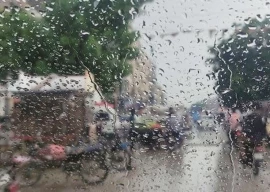



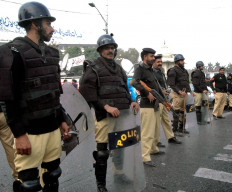



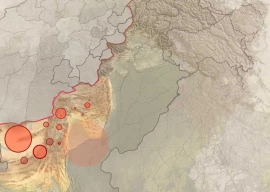
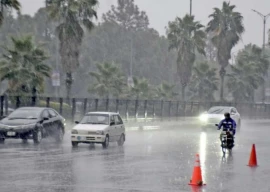







COMMENTS
Comments are moderated and generally will be posted if they are on-topic and not abusive.
For more information, please see our Comments FAQ